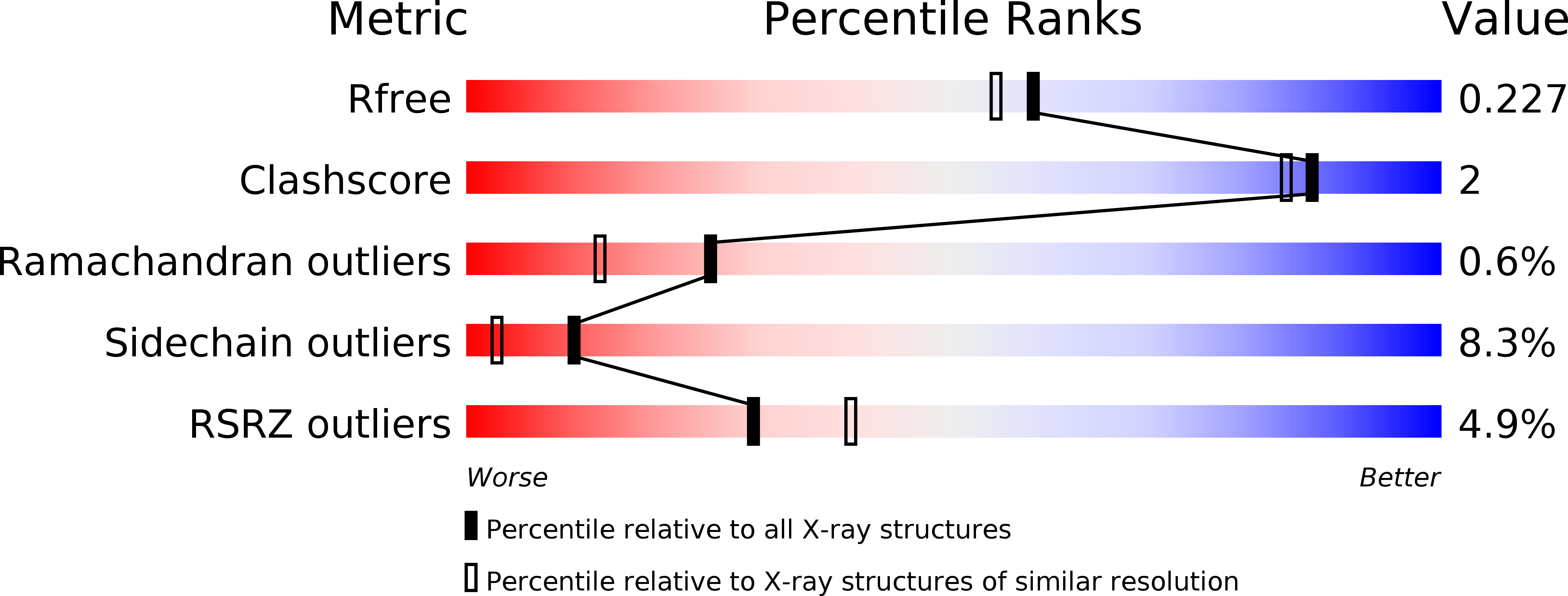
Deposition Date
2006-06-13
Release Date
2007-05-22
Last Version Date
2023-08-30
Entry Detail
PDB ID:
2HAN
Keywords:
Title:
Structural basis of heterodimeric ecdysteroid receptor interaction with natural response element hsp27 gene promoter
Biological Source:
Source Organism:
Drosophila melanogaster (Taxon ID: 7227)
Host Organism:
Method Details:
Experimental Method:
Resolution:
1.95 Å
R-Value Free:
0.21
R-Value Work:
0.17
R-Value Observed:
0.18
Space Group:
P 1 21 1


